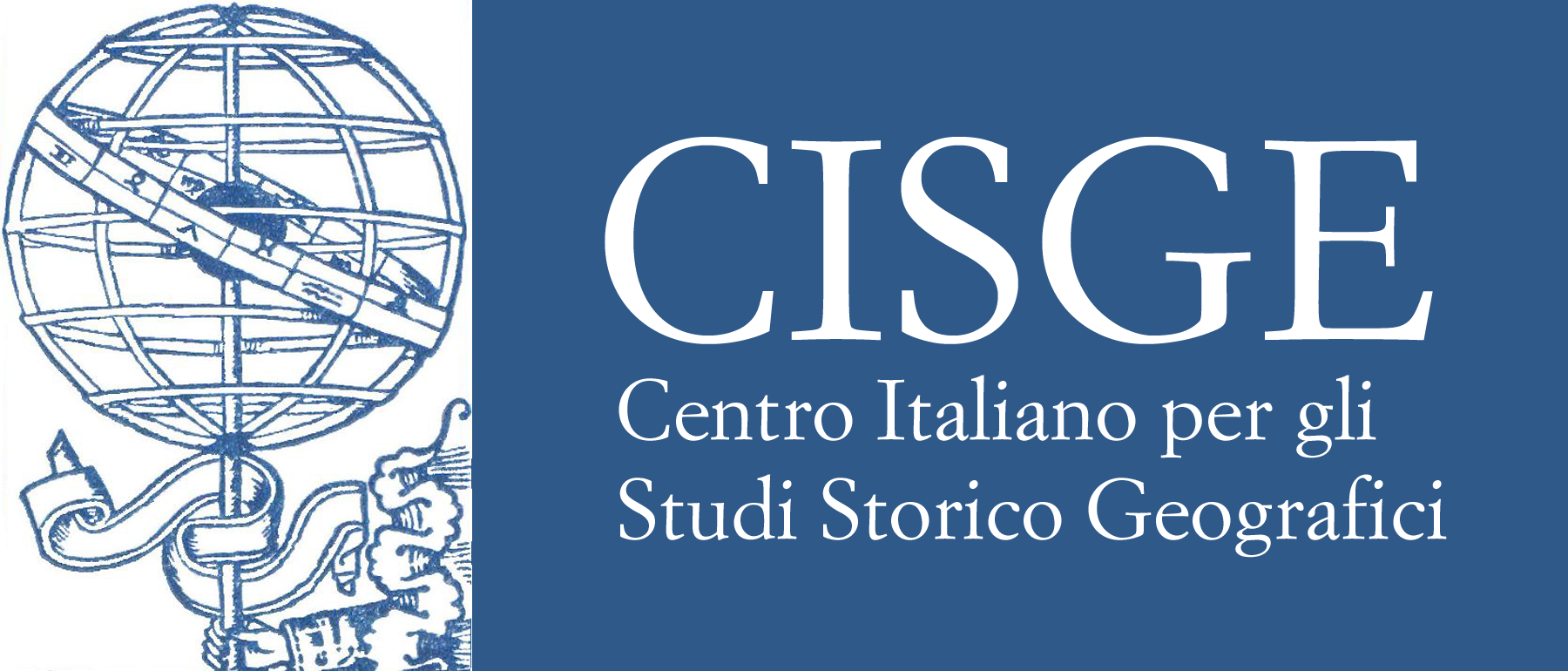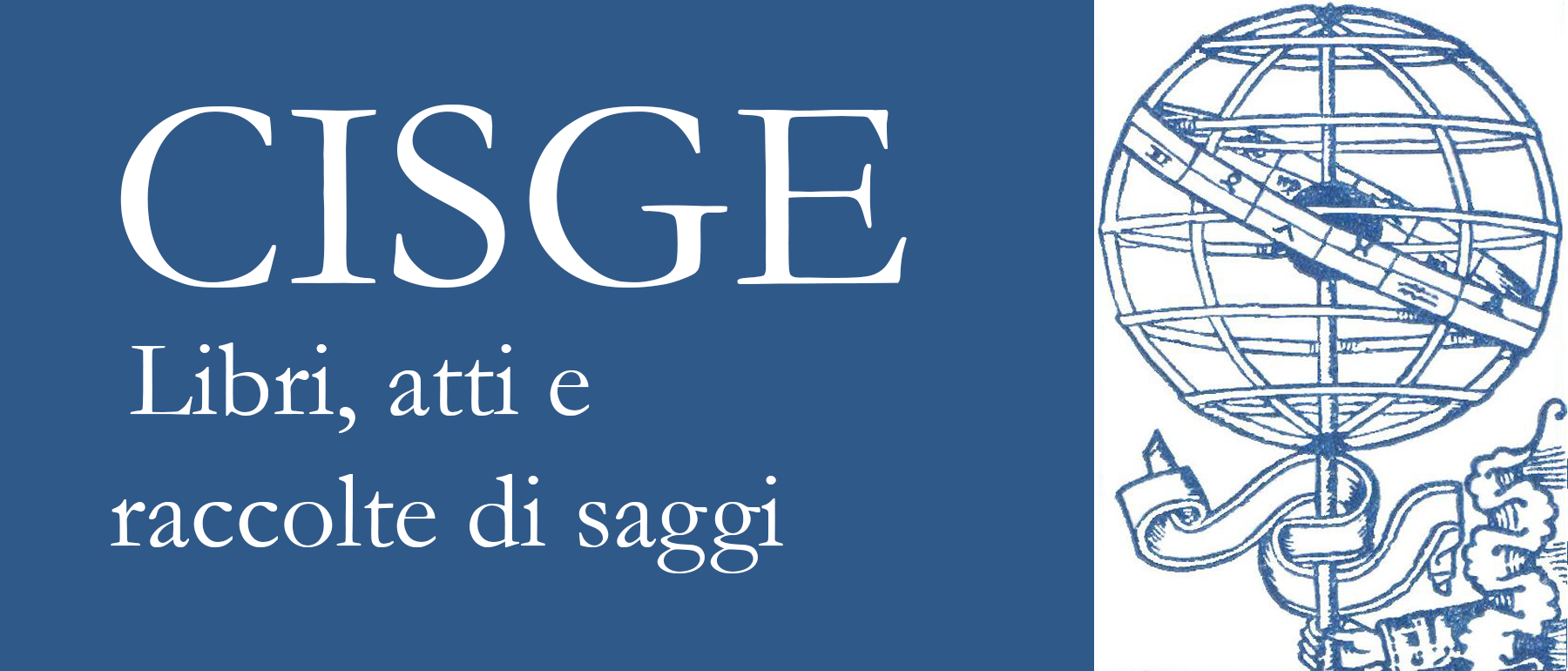Geografia culturale, paesaggio, testo letterario e documentazione pittorica. Il caso della Valle d’Aosta
Abstract
Cultural Geography, Landscape, Literary Text, Pictorial Documentation. The Case of Aosta Valley
The study of the influence of culture on territory and on landscape is one of the new experiences of Italian geographers. The landascape is supposed to be observed with one’s entire cultural patrimony and with and attitude bringing back to the cultural milieu that was at the origin of that landscape, that conveys its emotions. This article points out how this was done in the second half of the nineteenth century by number of artists and writers belonging to the Piedmontese cultural milieu, who had been influenced by the re-discovery of the feudal times, castles and by the atmosphere then prevailing in the alpine valleys. It shows how they have observed and interpreted the landscape of Val d’Aosta through the medieval tradition as suggested by castles and have grasped the emotions coming from them. Moreover their activity – literary works, stage pieces, architectural designs and plans, restorations and even paintings – was in accordance with such an inspiration.
Géographie Culturelle, Paysage, Texte Littéraire et Documentation Iconographique. Le Cas de la Vallée D’Aoste
Parmi les nouvelles experiences vers lesquelles s’adresse la géographie italienne il y a la recherche de l’influence de la culture sur le territoire et le paysage que l’on doit observer avec la participation de tout son patrimoine culturel, tout en ayant une attitude capable de le ramener dans le milieu culturel qui est à l’origine du paysage et duquel il transmet les emotions. Dans cet article on cherche à montrer comme cela a été fait dans la deuxième moitié du XIXe siècle par des artistes et par des écrivains du milieu culturel piémontais, qui ont subi l’influence de la redécouverte de l’époque féodale, des châteux et de l’atmosphère qu’ils créaient dans les vallées alpines. Ils ont observé et interprété le paysage valdôtain à travers la tradition mediévale que ses nombreux châteaux suggeraient, ont cueuilli les émotions qu’il transmettait, ont dirigé leur oeuvre – littéraire, théatrale, architecturale, de restauration, et dans certains cas même pictural – suivant cette inspiration.



